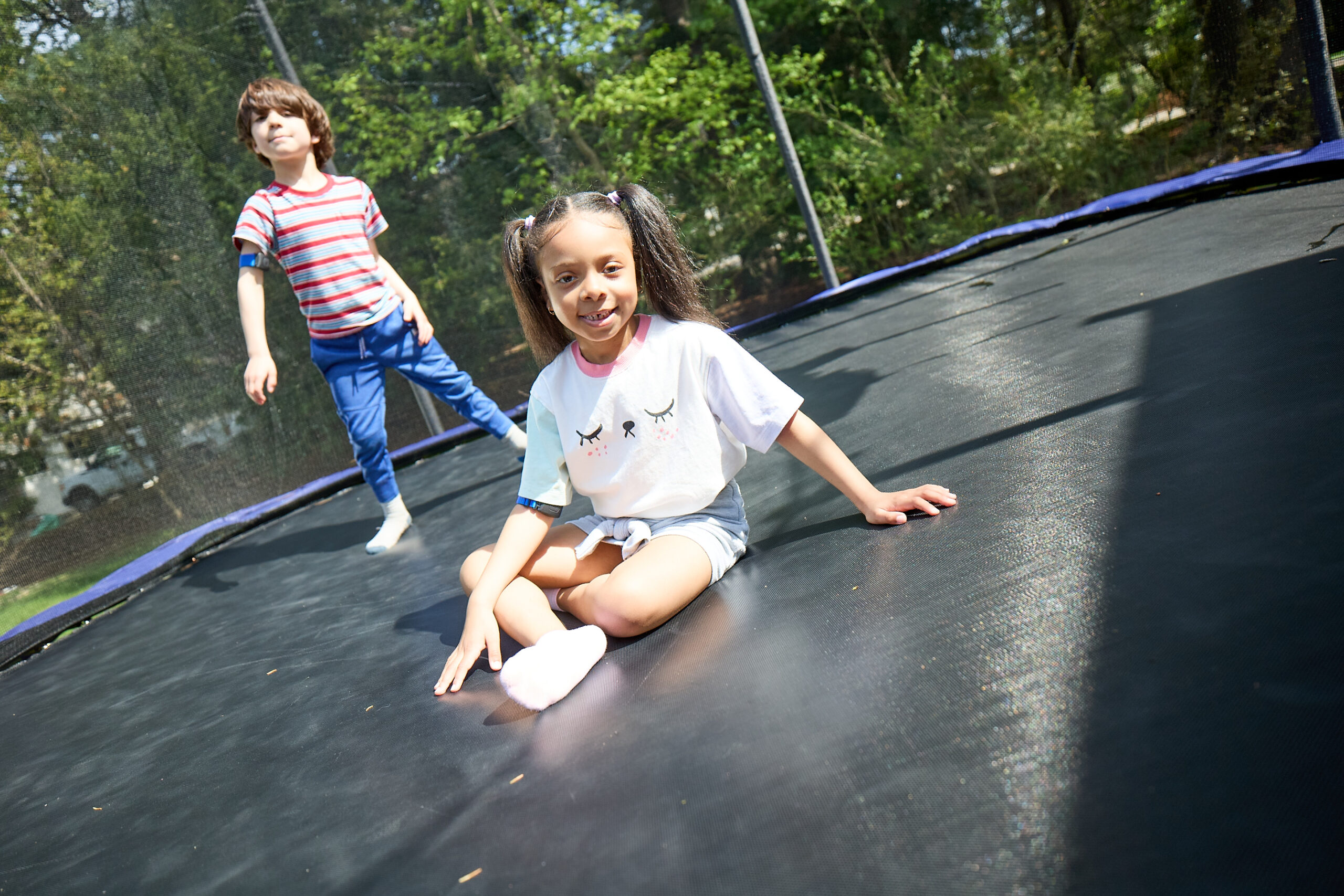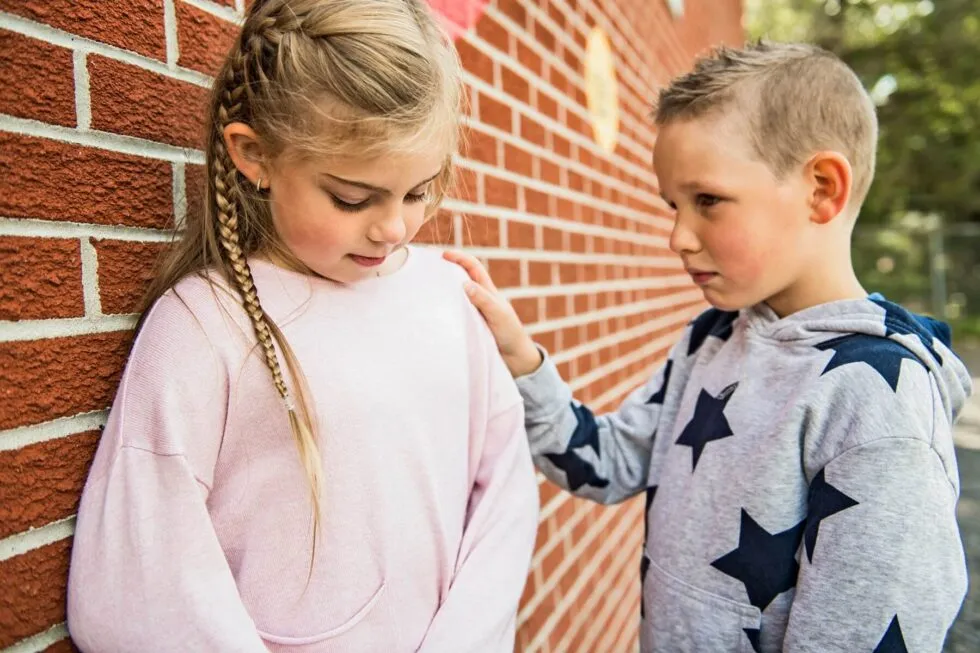Pencils down! Time to party!
Day 1 of summer break is hugely symbolic. We did it! No more lessons! Time to sleep in! Or….. Uh oh…. what are our plans? Where’s my childcare? How many Dino Nuggets will we eat this year?
Regardless of your family’s excitement or trepidation around summer break, it’s totally normal that busy schedules, moving parts, and adjusting to change is part of the process. It is common for kids – and adults – to have a hard time with changes and transitions. We are creatures of habit.
Regular routines create feelings of safety and comfort — knowing what to expect reduces uncertainties and worries. Routines also save energy, neurobiologically-speaking, because they allow us to rely on automatic physical and psychological processes. So when one major routine ends, it’s often a good idea to find your next workable routine fairly quickly.
Whether your kids’ summer activities are full of structured camps and activities, unstructured days full of play and downtime, or a combination, the end of the school year will result in some changes, including social shifts and losses, daily schedule adjustments, and activity transitions. Any of these types of changes can create wrinkles in children’s emotional wellness.
Not to worry – there are many ways to smooth the wrinkles out!
Anticipate and talk about transitions. As the end of the school year approaches, talk about what’s happening. Make sure your child has a sense of the timing – When is the last day of school? How many weeks or days from now? What are some things your child is looking forward to before the end of the school year, and after it’s over? How would they like to celebrate?
Mark the occasion. Encourage kids to write end of year notes or draw end of year pictures for the teachers and friends they’re saying goodbye to. As a family, reflect back on the school year – what were everybody’s highs and lows? What are they most proud of?
Bridge transitions with people, places, things, and activities. Knowing that some things will not change can be helpful. Help your child make a plan to spend time with a classmate a week or two after school ends. Make a weekend visit to the school playground over the summer. Have your child engage in a regular activity – like Mightier gameplay – at the end of the school year and into the summer. These types of bridging opportunities counterbalance big changes with continuity.
Validate big feelings that come with change. Kids may or may not show you the feelings they have about the end of the school year. Either way, you can let them know that you sometimes feel sad or nervous when something ends, that lots of people feel that way, and that it’s okay to feel that way.
Make opportunities for creativity and fun. Especially if your child tends not to talk about how they’re feeling, offering creative activities like making art or music, stories or plays, can give them a chance to process the transition away from the school year. And fun can be a welcome diversion from transition woes, and a great way for the family to enjoy time together.
When it comes to easing the transition out of the school year and into summer, what has worked for you?


















